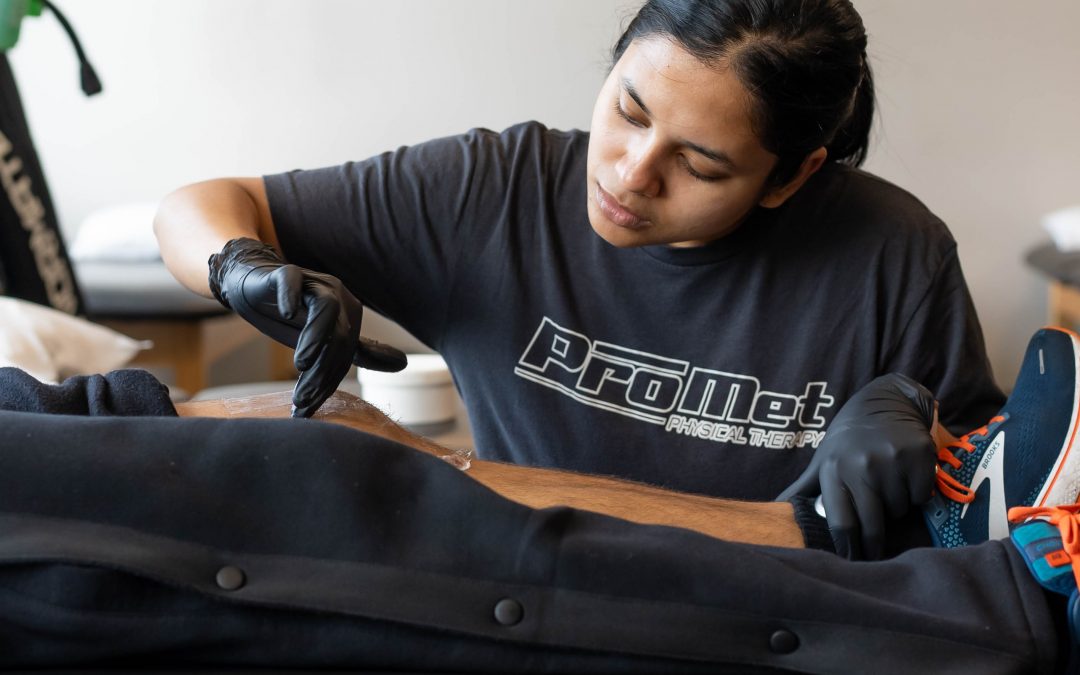Injuries almost never arise when you first start running – they almost always come up JUST as you get into a consistent groove and when things are looking up. Many times it can be attributed to how you structure your training AND how you run.
Why?
Take your time to understand the big picture. If you understand the big picture, the movements we show you have more purpose to them. It’s more important than any exercise we can offer you.

The body effectively serves as a kinetic chain when running, and whichever part of the chain is weakest will begin to break first.

A way to envision this is to imagine the way a cowboy cracks a whip. Picture the smoothness of the way the whip delivers energy from the handle of the whip to the end, delivering that recognizable sound.
However, if there’s a permanent kink or a knot within the whip, the whip won’t move as smoothly – you might still hear that same sonic boom, but it might not be as loud or it’ll sound more muted. You may also observe that the wave does not travel as smoothly throughout.
In fact, as this kinked whip becomes used more, you might notice that the area where it’s kinked will begin to show more wear and tear. 1000 cracks later, you might begin to observe a small tear at that same region!


The same concept applies to your running form- whenever your body’s inefficiencies are, will begin to outwardly show themselves and may begin to freely express themselves in the form of pain that becomes worse as you begin to run longer and train faster.
Within the kinetic chain that is your body, sometimes a cause of foot pain can be attributed to inefficiencies in the way your body stabilizes your pelvis when you run, or maybe it’s more simply cut and dry that your foot pain when you run is really just some weakness within the muscles of your foot and ankle.




